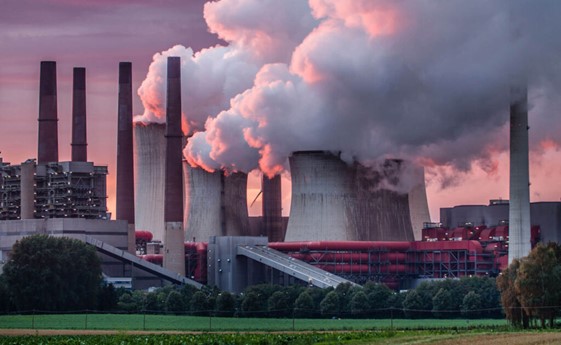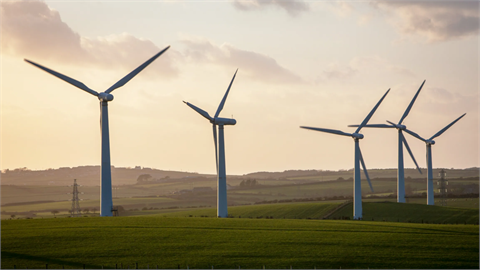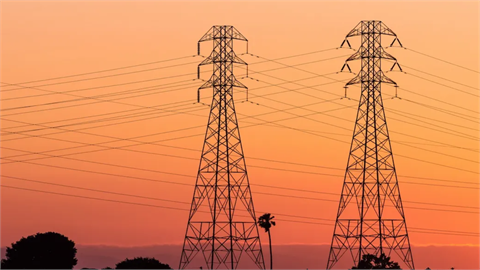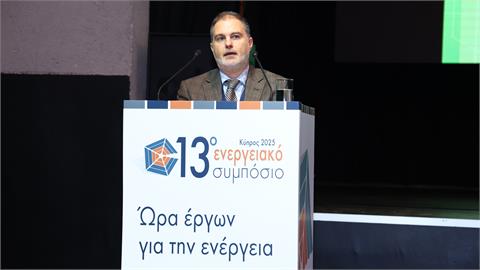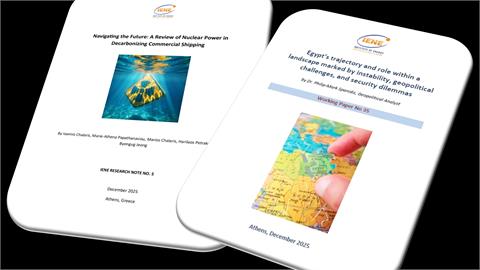In view of the growing interest in CO2 re use and the pressing environmental problems which Greece and the SE European region faces on account of Green House Gas Emissions and the lack of well coordinated studies and roadmaps the Institute has taken the initiative to organise a comprehensive study in this respect.
In defining the CCUS technology IENE in its introductory note which describes the contents of this major study refers to a CCUS as a suite of technologies that involves the capture of CO2 from large point sources, including power generation or industrial facilities that use either fossil fuels or biomass for fuel. The CO2 can also be captured directly from the atmosphere.
Fossil Fuels Facilities
The captured CO2 if not being used on-site is compressed and transported by pipeline, ship, rail or truck to be used in a range of applications or injected into deep geological formations (including depleted oil and gas reservoirs or saline formations) which trap the CO2 for permanent storage. The extent to which CO2 emissions are reduced in net terms depends on how much of the CO2 is captured from the point source and whether and how the CO2 is used.
The use of the CO2 for an industrial purpose is of special importance as if can provide a potential revenue stream from CCUS facilities. Until now, the vast majority of CCUS projects have relied on revenue from the sale of CO2 to oil companies for enhanced oil recovery (EOR), but there are many other potential uses of the CO2, including as a feedstock for the production of synthetic fuels, chemicals and building materials.
CCUS technologies can provide a means of removing CO2 from the atmosphere, i.e. “negative emissions”, to offset emissions from sectors where reaching zero emissions may not be economically or technically feasible.
Biomass for Fuel
Bioenergy with carbon capture and storage (BECCS) involves capturing and permanently storing CO2 from processes where biomass (which extracts CO2 from the atmosphere as it grows) is burned to generate energy. A power station fuelled with biomass and equipped with CCUS is a type of BECCS technology. Direct air capture (DAC) involves the capture of CO2 directly from ambient air (as opposed to a point source). The CO2 can be used, for example, as a CO2 feedstock in synthetic fuels, or it can be permanently stored to achieve negative emissions. These technology-based approaches for carbon removal can complement and supplement nature-based solutions, such as afforestation and reforestation.
The IENE study contains 14 chapters and following detailed analysis of the technologies offered includes a number of case studies, geographical reconnaissance of appropriate facilities and a roadmap as for Greece and selected SEE countries. The study will be carried out over a 10 month period and will involve a team of eight high level experts from Greece and other countries.
